The Cloud...

The Cloud... lets just say I am torn a bit. Its a love hate relationship, there are some good things about the ever growing momentum and push to the cloud. There are also some bad things, many not even noticed in the obvious sense, until some NOC tech fat fingers a core router config in a Data Center somewhere. Whoops, there goes AWS, Facebook, and many of the smart home interconnected features we have grown to love. Doorbells and cameras offline, even peoples cloud connected animal feeding devices. See, in our industry there is this almost tidal wave of persuasion to move everything to the cloud. Sure, MS, AWS, Google they want you to think that. Its in their very best interest, the more of your data and operations are under their control, dare I say you are at their mercy. This could be price hikes, policy changes overnight, being caught off guard on many things, or worse, a catastrophic security breach. That recurrent revenue or predictable revenue is what drives big tech, and even MSP business's like ours. You have to know where and when it makes sense to utilize parts of the cloud.
One thing I will always pride myself on, is trying to always pick whats best for the customer in their particular business circumstance. I could write a book on the pro's and con's of cloud and big tech, from control, censorship, privacy violations, pricing, customer service issues on and on. I am not exactly liking what I am seeing as a whole, coming from someone who lives in this space 24x7. On-prem Exchange is becoming a thing of the past, the writing is on the wall, and you know what? I am going to miss it. A properly configured On-Prem Exchange server is rock solid compared to the daily 365 hiccups that popup like whack-a-mole all over the world on a daily basis. This is coming from Microsoft's own Service Health Graph API, among other places. One of our VM's that monitors Azure/365, is quite busy these days, giving us all the gory details every step of the way.
Now I will say this, and I might get flack for saying this. There are parts of the stack that make more sense than others for going cloud by in large. Email, Offsite Backup, Messaging, VoIP to name a few. Even with what I posted in the paragraph above, Email is still a primary candidate for being hosted in the cloud. Although, there are other parts, such as your On prem server's (VMs), as with most SMB customers, it just doesn't make alot of sense. For one, as commoditized as bandwidth, compute, and storage has become. Its still very expensive to throw all your server's and VM's in Azure for example. You won't get the same speed and access to your data, your internet could go out, or an infrastructure issue anywhere along the path, and your business comes grinding to a halt. How often do you think these cloud platforms give refunds or make up for the dollars lost for mission critical downtime? Seen it happen, many times.
I also know for a fact that cloud outages are becoming more common, perhaps due to demand and scalability problems, especially during the Covid era and work from home paradigm shift I'm sure doesn't help. There are also many other plausible reasons, but it IS happening. I'm seeing signs of it everywhere. We monitor everything, from all of the Azure/365 stack, to network flows, to internet backbones and health, SIEM, SOC, and security tools and platforms, also showing major upticks in malicious traffic and intrusion attempts. Every device under our control, we have eyes on. It's the backbone of any good Managed Service Provider. One thing alot of our competitors and alot of people overlook or take for granted, is the health of the cloud itself! Many new MSP's want to sell and recommend all parts of the cloud stack, but they often times are lacking in the Monitoring and Health aspects of it as well. Major SaaS platforms are struggling to scale and deal with explosive growth. From response time, micro outages to large outages, you name it. Perhaps some vendors like it that way, as its easy to just say "can't help you, its Microsoft's problem, or Amazon's problem, just going to have to wait it out."
As an active member of the MSP forums online, its almost a daily occurrence to hear some MSPs griping about their RMM tool, Remote access tools, CRM, Accounting tools, all SaaS based in most instances, having multiple outages in a short time frame. Alot of times, the same issues, keep rearing their ugly heads. Then you have the worsening cybersecurity landscape adding stress on top of that. Call me old fashion, but I won't put our eggs in one basket, nor our customers. Diversify your stack, pick the best of breed in each area. Sure, the sales folks are always screaming "Integration" or "All under one umbrella", for conveniences sake. This can be a dangerous place to be. This locks you into long contracts, all your eggs being in one basket, and a risk of one breach compromising it all. It also makes it harder to switch off one particular platform, they GOT YOU! By having diversified small compartments in the cloud, you can switch out that part of the stack much easier, if the hype doesn't live up to the expectations. Here is a secret, many times it doesn't. It's one thing for Netflix or Jetblue to give it all to AWS with buying power and deep pockets, I get it, there is a real need and it makes sense for them with such a large geographical presence. SMB's on the other hand, in most cases it doesn't.
Call me paranoid, but I am a big defender of data privacy and security, its number one on my list these days. I don't even have to get into the gory details of how big tech and the cloud says they secure your data, and have the best intentions in mind. Yet, many times in the real world, it doesn't play out that way. Our industry specifically is being targeted through numerous supply chain attacks, so believe me, we see the worst of it. What better target than an MSP, who has the keys to the kingdom? Complete control into a Plethora of endpoints, servers and customers infrastructure. To say we take this seriously, is an understatement.
So in closing, the advise I can give is, do your homework. Research the uptime and customer service record of a particular SaaS vendor. Look up CVE's for a software product and platform, look at their security model and how much resources they put behind security, it speaks volumes. To start off, at the very least, take a Hybrid approach to the cloud. Putting parts of your tech stack that makes the most sense, first and test the waters. Do not go all in, unless you have done your homework and research and have been advised and mentored competently. If you do chose all cloud, make sure there is a real need for the benefits, and your not just being sold a solution because its "the next best and big thing". Backup that data elsewhere, have redundancies in place, from Internet backup, to monitoring the health of said Cloud platforms. Do not assume your in good hands, and take a hands off approach.
There is an entire industry that has boomed that specifically makes a living off of monitoring, managing and giving visibility into the mysterical Cloud. Research and USE a solution that can let you know just how well your little home in the cloud is performing. People seem to think, if we get on the cloud, we don't have to worry. Nothing can be further from the truth. That is where it takes CSP's and cloud experts with experience who can navigate the minefields that await in migrating to the cloud, and to steer away those making poor decisions based on a false sense of security or being sold the wrong solution for their business application. One thing is for sure, cloud outages, breaches and security issues are only gaining momentum, not slowing down. So try and do your best, to keep your head out of the clouds, and carefully research and plan your business's involvement in the Cloud.


